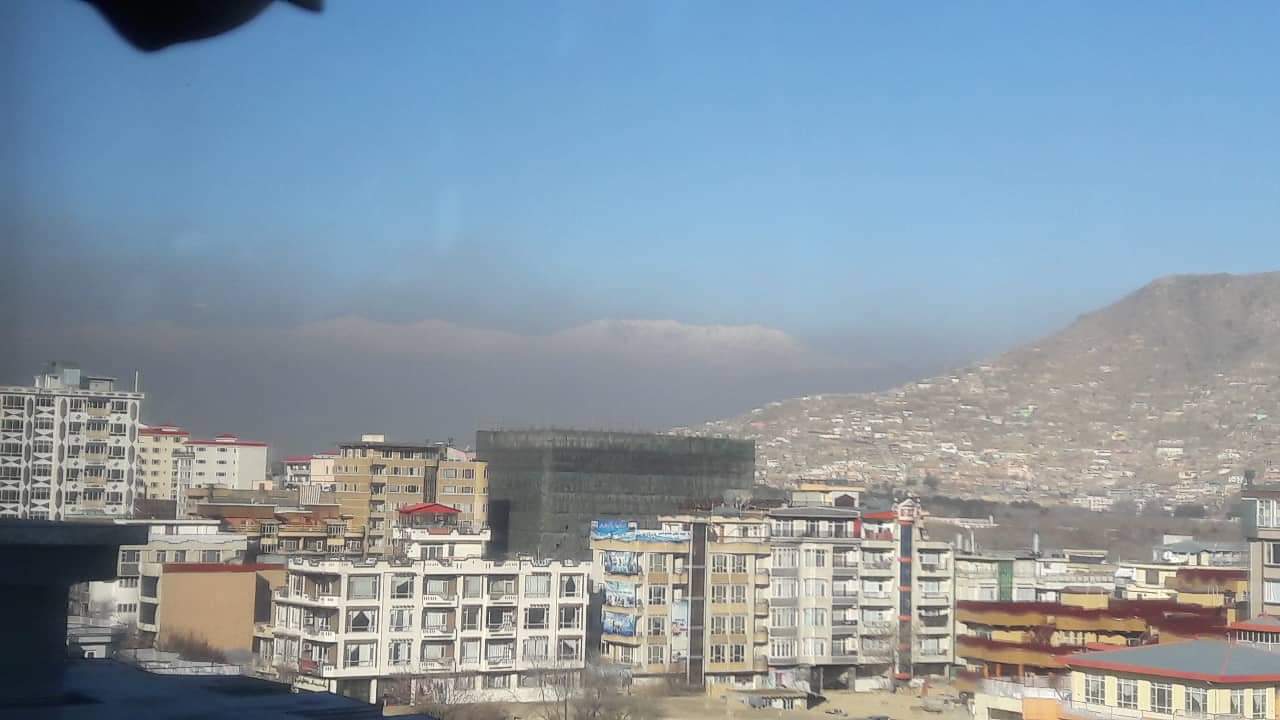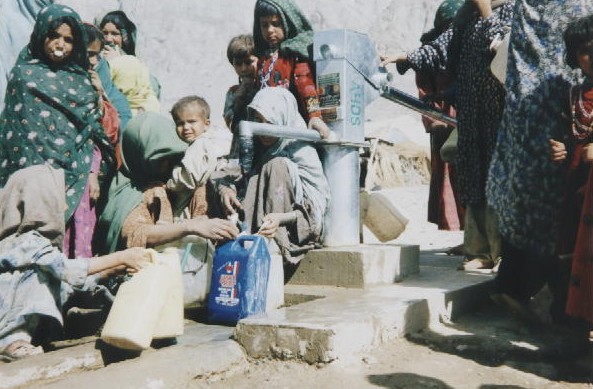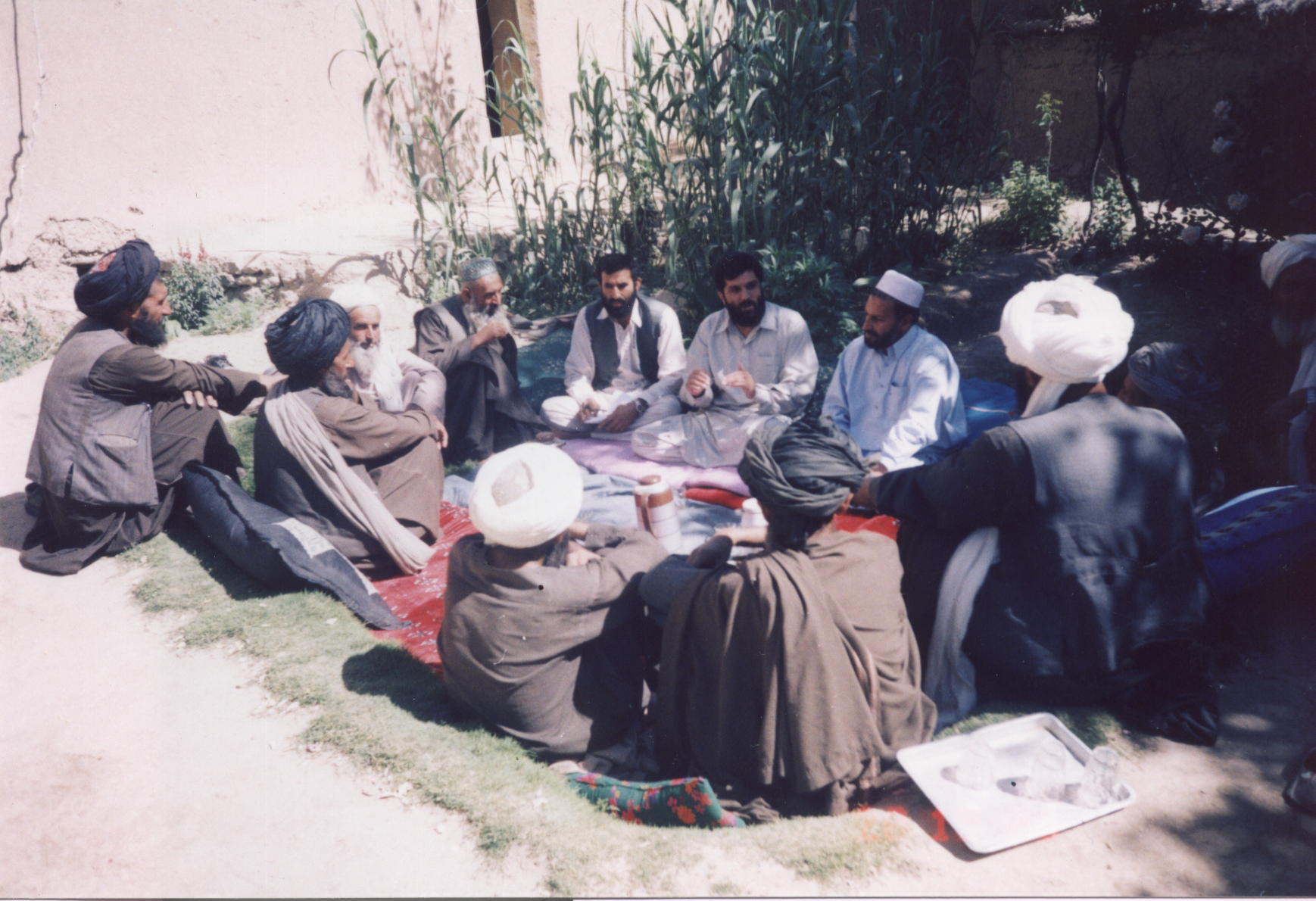Environment
Environment programs contribute to the following SDGs

Unfortunately, drought and warming of air temperatures have reduced the size of the glaciers in Afghanistan. The reduction and loss of Afghanistan’s glaciers, drought, war related damage to the irrigation systems it does have, poor management, waste, pollution, and the fact that over 80% of Afghans are engaged in agriculture and livestock-raising, makes the country extremely susceptible to water shortages. Nationwide, the majority of Afghan households do not have access to safe drinking water. Because of unsafe sanitary facilities, water contamination is a major issue in Afghanistan. Many water sources are contaminated with harmful bacteria such as E. Coli which sickens and kills many people, especially children and the elderly. Valuable water resources are polluted as a result of the disposal of industrial and domestic liquid wastes. Due to cost and pretty much little other alternatives, Afghans are forced to burn wood in order to keep warm and to cook their food. This, along with the fact that a large number of vehicles (many old and poorly maintained) in Afghanistan run on poor quality fuels, air pollution has become a problem in Afghanistan’s major urban areas – like in the city of Kabul where it is clearly visible. In fact, a recent study revealed that 60% of Kabul’s residents are exposed to increased levels of harmful toxins such as nitrous oxides, and sulfur dioxide.

The aim of environmental programs of AHDS is protection of environment, the health and well-being of people. By encouraging pollution prevention, AHDS increases opportunities for people to look after their own neighborhoods and environments. It includes educate and encourage behavioral change to minimize the amount of waste generated, promote safe water and sanitation, change social norms around littering and illegal dumping, stimulate investment in waste recycling infrastructure, promote the use of safer chemicals and pesticides, increase the energy efficiency of buildings, promote use of renewable energy and increase in planting operations.
To maintain a healthy lifestyle, AHDS will educate the communities about the environment in order to create a sense of consciousness and participation, and to help them acquire knowledge of ecological principles aimed at ensuring a balance between the health of the individual, society, and the environment. AHDS raise public awareness on environmental issues, impacts of climate change, greenhouse gases (GHG), mitigation and adaption approaches.
Human fecal material and urine are major sources of environmental pollution in Afghanistan. It is also a source of disease organisms. When discarded into the environment as a waste material, it creates pollution and threatens public health. By composting, its pollution and health threats can be eliminated and valuable soil nutrients for plant growth can be produced.
AHDS strives to improve the quality of living environment through encouraging active planting, proper maintenance and preservation of trees together with other vegetation. Planting trees is one of the easiest and most sustainable ways to positively affect the environment. Planting trees benefits local environments tremendously by providing habitat for native and endangered birds and wildlife, removing carbon dioxide from the atmosphere, helping to combat climate change and preventing soil erosion.

WASH is the collective term for Water, Sanitation and Hygiene. Due to their interdependent nature, these three core issues are grouped together to represent a growing sector; each is dependent on the presence of the other. Without toilets, water sources become contaminated; without clean water, basic hygiene practices are not possible. AHDS want to ensure access to safe water and the quality of the water. An important work for sanitation is to end the practice of “open defecation,” and facilitate community-led initiatives to build, maintain and use basic toilets. The hygiene part aims at nurturing good hygiene practices, especially handwashing with soap; this act is essential to prevent disease and the health of children. [2]
AHDS takes part in the campaigns on improving air quality to protect human health. Short-lived climate pollutants, such as black carbon and methane, are major contributors to climate change and air pollution. Vehicle emissions are the main source of outdoor air pollution due to poor fuel quality and weak vehicle regulations. Reducing short-lived climate pollutants can decrease disease, increase food security, improve diets and increase physical activity.[3]
AHDS advocates with the ministry of public health (MoPH) and other stakeholders to adopt a strategy for involvement of the health sector in the safe management of pesticides and industrial chemicals. It should include the whole spectrum of health services from research, surveillance and monitoring and risk assessment to prevention, emergency preparedness and response and treatment of poisonings. Raising the awareness of the public is an important activity about drinking-water safety, food safety, product safety, occupational safety and protection of public health.

AHDS raise awareness and lobby for the sustainable energy. Renewable energy and energy efficiency are the “twin pillars” of sustainable energy. Both resources must be developed in order to stabilize and reduce carbon dioxide emissions. Efficiency slows down energy demand so that rising clean energy supplies can make deep cuts in fossil fuel use. Green energy means electricity and gas made from renewable sources; green electricity made from the wind, the sun and the sea, and green gas made from organic material.
- Afghanistan online, environment
- UNICEF
- UN environment
